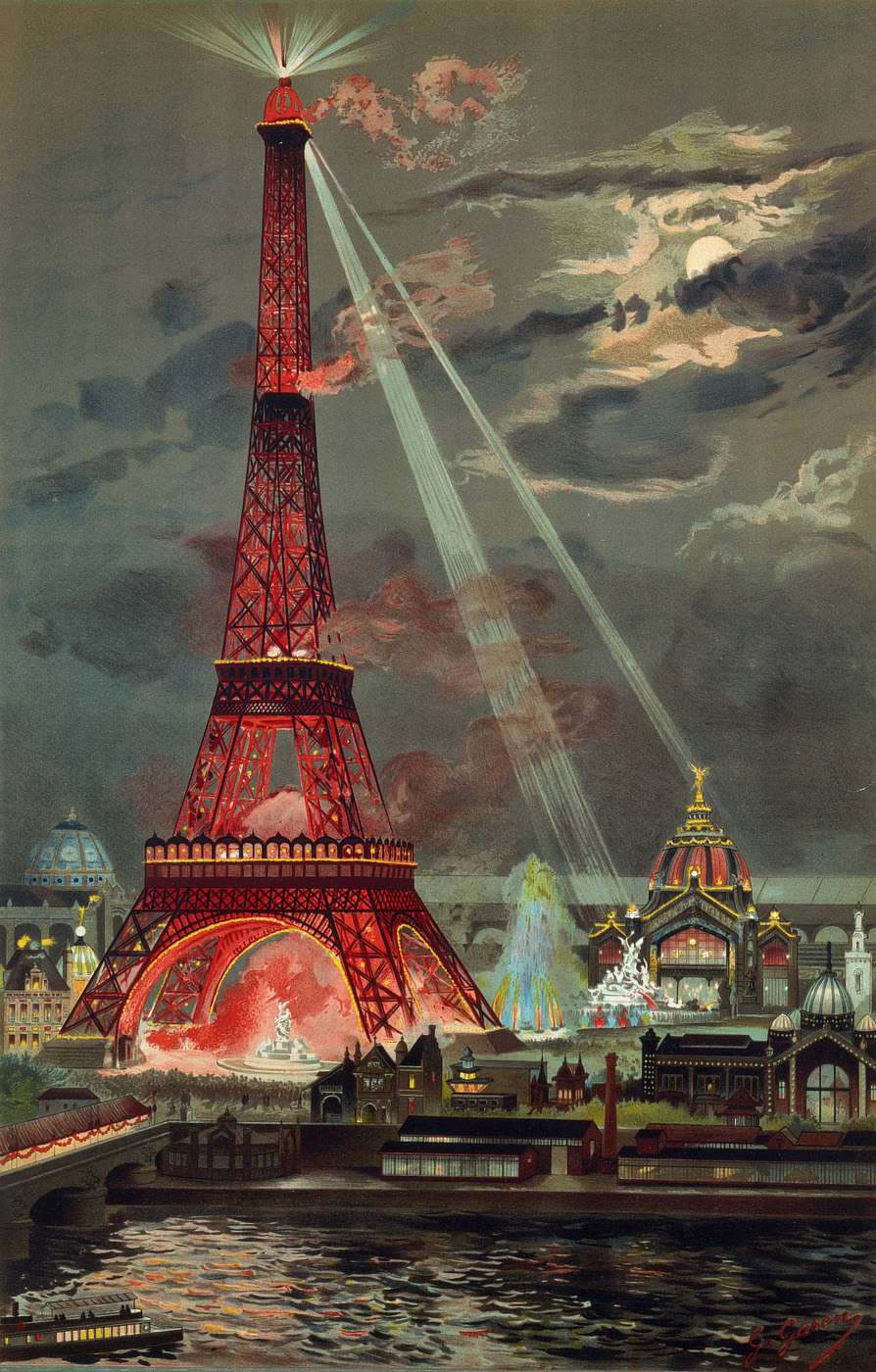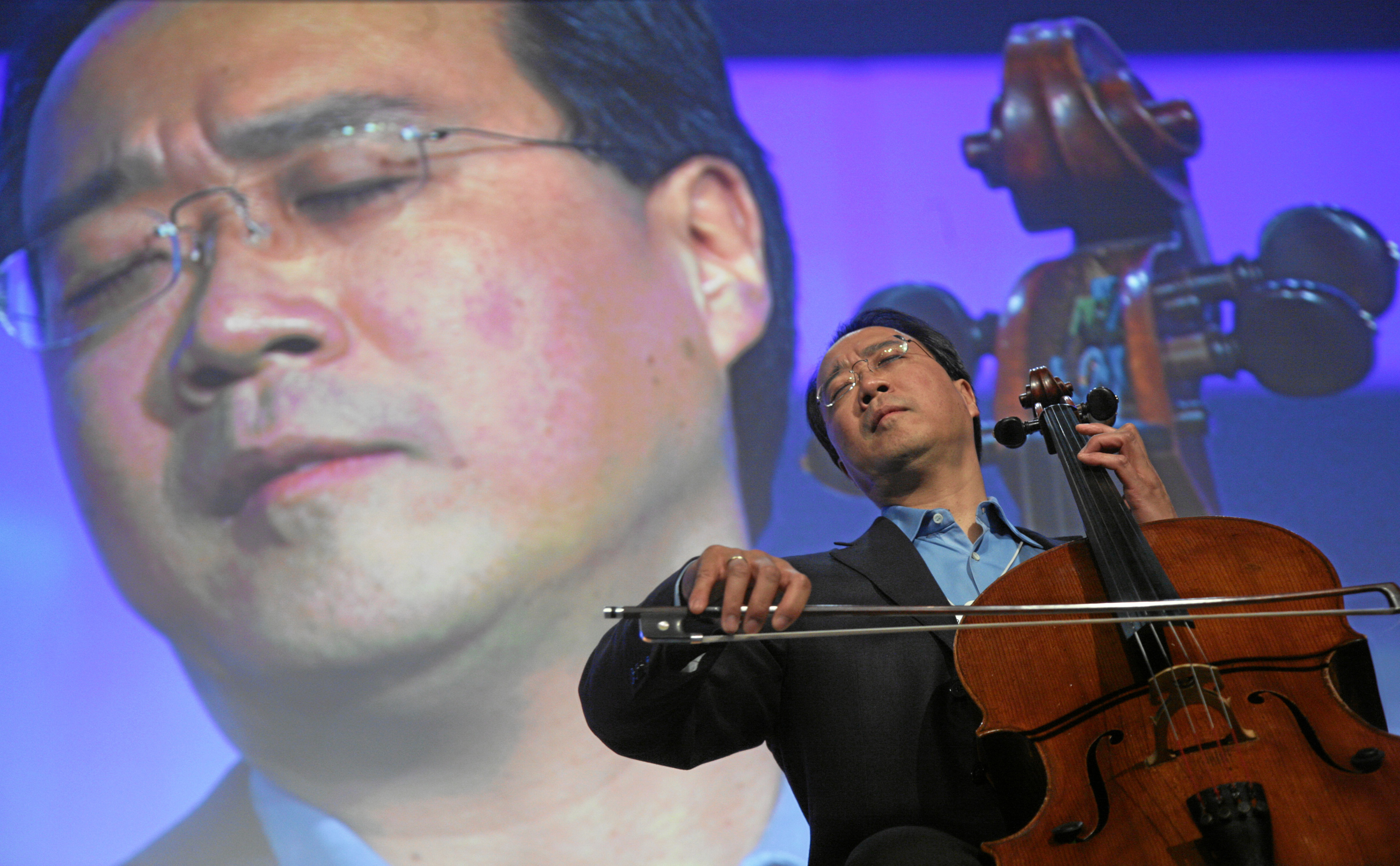
“Embrasement de la Tour Eiffel pendant l’Exposition universelle de 1889,” by Georges Garen, 1889. Image: wikimedia commons.
June 1, 2017: two announcements; the second, by a group of states, cities, businesses, and universities, pledging renewed commitment to the Paris Agreement, in which 195 countries joined a promise to the earth. The Eiffel Tower blazed the message. Michael Bloomberg, coordinating the collective endeavor, presented the June 1 statement to the United Nations requesting this new commitment be represented in the Accord; Christiana Figures, chief architect of the Paris Agreement, commented there was not yet such a formal mechanism, but the group’s submission could be included in future reports compiled by the United Nations. “Make our planet great again,” stated Emmanuel Macron, president of France, in an invitation to work together; an EU-China Business Summit declared renewed pledges. Gustave Eiffel, from whom the tower gets its name, invited scientists, businesses, educators, and municipal leaders, to gather in the structure for purposes of innovation: the first European public radio broadcast issued from the Eiffel Tower. What innovations will come from collective endeavors now launched to build a better world?
Christiana Figueres: https://www.umb.edu/ssl
Paris Agreement: http://unfccc.int/paris_agreement/items/9485.php
“As Trump Exits Paris Agreement, Other Nations Are Defiant.” Somini Sengupta, Melissa Eddy, Chris Buckley, Alissa J. Rubin.” 1 June 2017. https://www.nytimes.com/2017/06/01/world/europe/climate-paris-agreement-trump-china.html?_rr=0
“Bucking Trump, These Cities, States and Companies Commit to Paris Accord.” Hiroko Tabucchi and Henry Fountain. 1 June 2017. https://www.nytimes.com/2017/06/01/climate/american-cities-climate-standards.html
“Make our planet great again.” Emmanuel Macron. https://www.youtube.com/watch?v=03NMa4X0dyQ
Building the World Blog by Kathleen Lusk Brooke and Zoe G Quinn is licensed under a Creative Commons Attribution-NonCommercial-NoDerivs 3.0 Unported Licen









